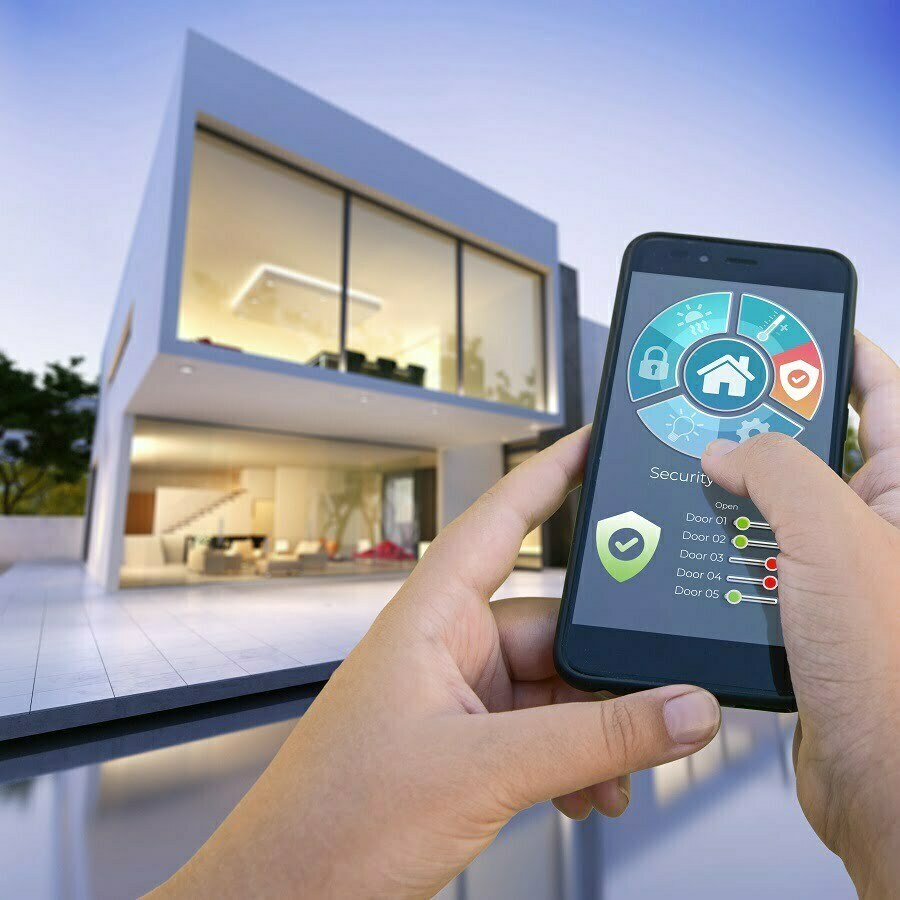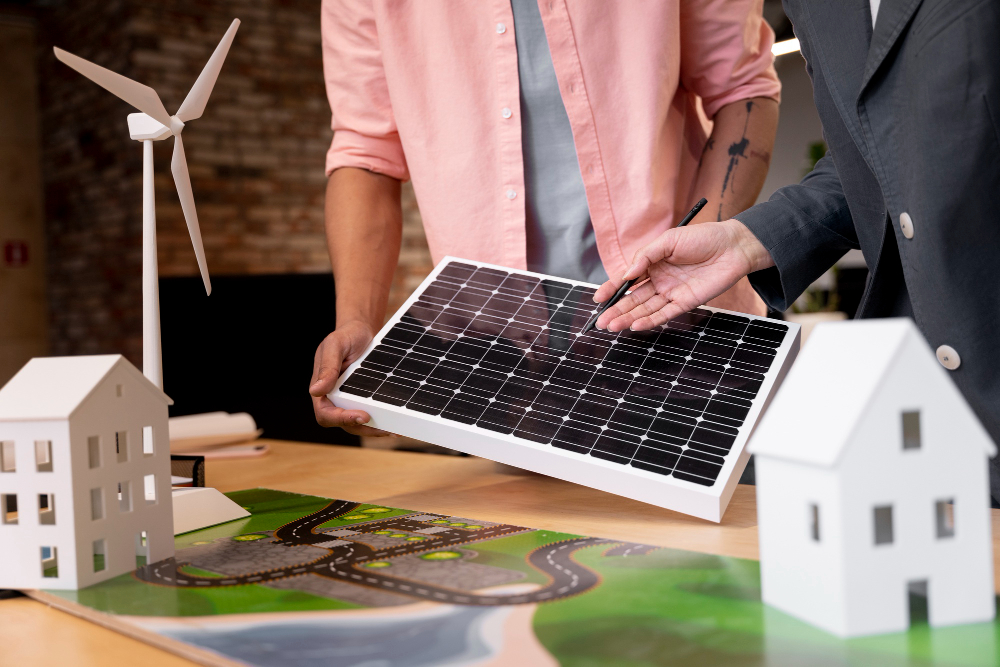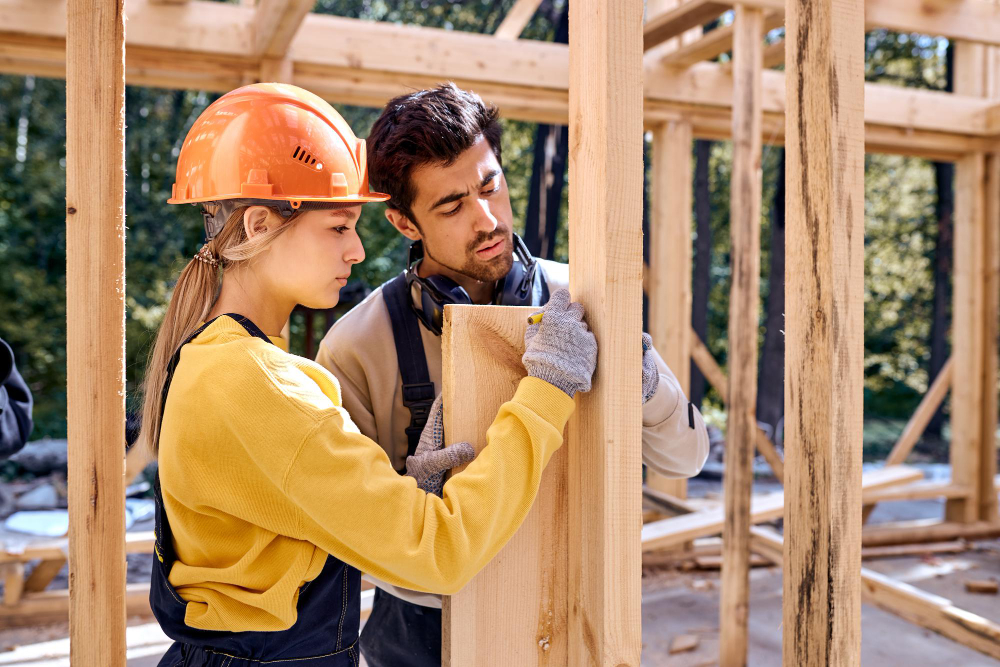Last updated on
With the current situation on the rise of global warming, several buildings’ construction methods, both residential, use more eco-friendly and sustainable techniques.
However, new technological advances, practices, and materials enable companies to have an eco-friendly and sustainable process that leads to better building efficiency.
Here are some of the sustainable and eco-friendly techniques for building:
Integrate (IoT) Automated System in the Building

The IoT or Internet of Things will allow facility managers to access the data they previously could not access. These tiny connected sensors can integrate automated systems in the buildings to improve the operation’s sustainability.
For instance, IoT small sensors based on CO2, weather, and temperature readings can dynamically adjust the building’s required lighting levels and ventilation.
It can adjust automatically to ensure a structure’s condition is optimal for the people inside. Furthermore, it can reduce excessive energy consumption and ensure a building only utilizes the resources it needs to function correctly.
In addition, this feature is advantageous to the management as the building facility managers do not need to manually input and change all the data from multiple types of equipment.
In addition to using an automated system to control a building’s various functions, using multi-functional and efficient ventilation equipment will also keep people in a building more comfortable.
For instance, ventilation appliances from We Sell Fans and exterior access doors from other providers keep a space’s air circulation clean and safe to prevent tenants from feeling uncomfortable or sick.
Synthetic Underlayment On Roof
The typical underlayment in the roofing system is asphalt-based which relatively breaks down quickly. It is necessary to replace this layer to keep the moisture out in the building’s interior.
Synthetic roof underlayment provides alternative lightweight and holds up to tear and wear to the exterior environment. This type of material uses polymers from scrap recycled materials, and it also eliminates VOCs from the underlayment.
If you do this, it’s also important to constantly maintain the top of the building, and enlisting professional help may be the best course of action. To learn more, click for roof repair and see how enlisting the help of experts can give you peace of mind when it comes to the integrity of your roof. For example, the synthetic underlayment may require repair or replacement after some time. Specialists can provide you with more information on the proper techniques and materials to use for roof maintenance.
Green Roofs
Another great innovation on the top of commercial properties is green roofs. Bushes, flowers, grass, plants, and other greenery grow on the roofing system. It can manage stormwater more easily than traditional roo and absorbs water into the soil.
It reduces the energy consumption required for cooling and heating, and it can improve air quality in the surroundings and the building.
Electrochromic Glass
Installing Electrochromic glass in a building will shift from transparent to opaque based on walls or windows on external stimuli such as UV rays and electrical current. It eliminates the requirement for shades and other window or wall glass treatments while adapting to the current outside conditions passively.
Additionally, it blocks most UV rays, making it a great long-term investment. This eco-friendly feature allows a building to utilize natural light and reduce electricity costs.
Greywater System
It’s not unusual for a large building to have a high-water consumption due to the number of people using it daily. Although water is accessible in some places, it’s also a limited resource that should be consumed mindfully.
So, an eco-friendly way of reusing water benefits a building and the environment. A greywater system design in the building reduces the need for freshwater as it reprocesses the water and reuses everything except for the toilet water streams.
The common uses for this reprocessing water supply irrigation and toilet water.
Solar Thermal Cladding
A passive technique for the solar building incorporates solar thermal cladding specifically designed to heat in the winter season. This system stores heat energy from the sun and passes it to the facility for heat retention.
Hybrid Grid System
Renewable energy resources provide a sustainable way for companies to power up or light their commercial properties. However, many grid systems lack a power storage system to energize or power up the building during times of low availability of solar.
A hybrid grid system stores enough energy and allows the renewable energy source to function during nighttime, overcast days, and other situations that are not ideal.
Passive Solar
Maximizing the benefits of the sun can help make a building become more energy-efficient. For instance, another way to support a sustainable solar energy source is to design the building based on the passive concept of solar energy source.
The design and building location should maximize solar energy for heating during winter while reducing summer impact.
Self-Healing Concrete
This material is in its early phase but offers several sustainable possibilities. It minimizes the corrosion of steel or cracked self-repair, which is the primary reason for starting the corrosion problem. This concrete uses bacteria like bacillus bacteria that are harmless to humans and effectively usable material.
Sustainable Building Materials
There are two aspects or factors to determine if the materials in the building are sustainable. One factor is that if the building materials are energy efficient and they create a tight envelope, it means they don’t let in the outside elements like rain or wind; alternatively, they can keep the cold and heat in the building.
And another factor is if the building materials are eco-friendly or can be recycled. One of the materials that gain popularity is using steel as beams instead of wood as it reduces the need to cut trees and can significantly impact our ecosystem.
Using recycled or sustainable materials for other parts of the structure, like refurbished furniture or non-toxic paint, is also a great method to make it less harmful to the environment.
Energy-Conserving Systems
Nowadays, Leadership in Energy and Environmental (LEED) certificates are prevalent. LEED certification may be granted based on environmentally-conscious building design about humans and the environment. It refers to how well the building structure provides comfort and safety to the occupants while limiting human health and environmental effects.
Several techniques contribute to an eco-friendly design as many governments around the globe require a reduction in greenhouse gas emissions released into our ecosystem. Current and future sustainable building techniques bring several options for implementing green practices. Be sure to use these sustainable techniques in your next building project!
Related reading:
Table of Contents





